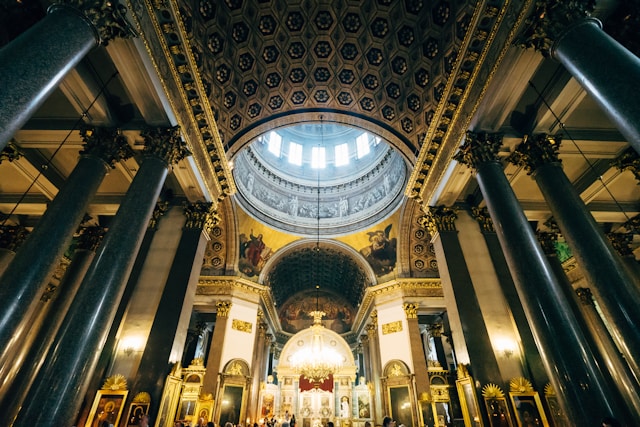Introduction
The Coptic Church, an ancient and rich Christian community, has played a significant role in the history and development of Christianity. With roots dating back to the apostolic age, the Coptic Church has preserved unique traditions, practices, and beliefs that continue to fascinate scholars and believers alike.
History and Foundations
Origins and Apostolic Roots
The Coptic Church traces its origins to the evangelistic efforts of Saint Mark the Evangelist, who is believed to have brought Christianity to Egypt in the 1st century AD. Alexandria, a prominent center of learning and commerce, became a major hub for the early church, attracting scholars and missionaries from across the Mediterranean.
Persecution and Martyrdom
The Coptic Church faced severe persecution during the Roman Empire’s pagan rule. Many Coptic Christians were martyred for their faith, including Saint Shenouda the Archimandrite, who suffered under the reign of Emperor Diocletian.
Independence and the Council of Chalcedon
In the 5th century, the Coptic Church separated from the Byzantine Church following the Council of Chalcedon. The Coptic Church rejected the council’s Christological definition, which stated that Christ had two distinct natures, human and divine. This doctrinal difference led to a centuries-long schism between the Coptic and Byzantine churches.
Distinctive Characteristics
Liturgy and Worship
The Coptic liturgy is rich in symbolism and tradition. Services are conducted in Coptic, the ancient language of Egypt, and follow a prescribed order of prayers, hymns, and readings. The Eucharist, or Holy Communion, is celebrated on a regular basis.
Icons and Art
Coptic icons and art are unique in style and depict biblical scenes and saints with bright colors and intricate patterns. Coptic art has influenced both Eastern Christian and Islamic art.
Monasticism
Monasticism has played a central role in Coptic Christianity since its early days. Coptic monks and nuns live in secluded communities known as monasteries and convents, dedicating their lives to prayer, contemplation, and service.
The Coptic Community Today
The Coptic Church remains a vibrant and important community in Egypt and around the world. There are an estimated 10-15 million Coptic Christians spread across Egypt, North America, Europe, and other regions.
Challenges and Persecution
Despite its long history, the Coptic Church has faced challenges in recent times. Coptic Christians have been subjected to discrimination and violence, particularly in the aftermath of the Arab Spring revolutions.
Ecumenical Relations
The Coptic Church has engaged in dialogue and cooperation with other Christian denominations, seeking to promote unity and reconciliation within the global Christian community.
Conclusion
The Coptic Church, with its rich history, unique traditions, and enduring faith, continues to be a vital and influential force in Christianity. Its legacy of spirituality, art, and service serves as a testament to the enduring power of faith and the resilience of the human spirit.


Leave a Reply